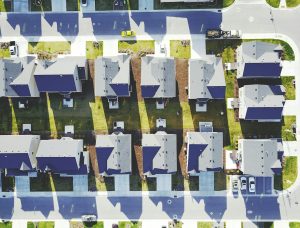Wake Forest University in North Carolina has been granted a patent for new solar-cell technology that it says can double the electricity output compared to flat solar cells on the market today.
The University received the patent for fiber-based solar cells from the European Patent Office and applications to the U.S. Patent Office are pending and the technology has been licensed to FiberCell Inc. to produce the first large test cells.
The new solar cells are constructed from millions of tiny plastic fibers that offer the ability to collect sunlight at oblique angles; even during periods of the day when the sun is rising and setting.
Where a traditional flat cell loses energy when the sun’s rays deflect from its shiny surface, the fiber-based design creates more surface area and confines the sun’s rays to allow for more absorption; around twice as many kilowatt hours per day as standard flat cells.
The plastic fibers for the solar cells are assembled onto plastic sheets, using a technology similar to that of creating the tops of soft-drink cups. The polymer or die absorber is simply sprayed on. Using plastic makes the cells lightweight and flexible. Whereas solar panels are a bulky item to ship, these fiber solar cells could be rolled up and shipped anywhere comparatively cheaply.
According to David Carroll, director of Wake Forest’s Center for Nanotechnology and Molecular Materials, builders would be able to integrate the cells nearly anywhere in a home’s design. Because fiber cells can collect light at various angles, they no longer have to stay on the roof to work
Mr. Carroll says the fiber solar cell could help bring clean power to developing countries. The primary manufacturer would ship the lightweight, plastic fiber cells and satellite plants in developing nations could spray them with photovoltaic dye and prepare them for installation. He estimates it would cost about USD $5 million to set up a finishing plant; around USD $15 million less than it would cost to set up a similar plant for flat cells.







































